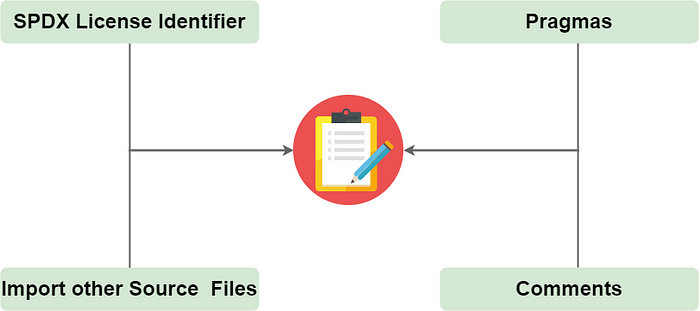Aptos is a blockchain built with the move language, which also attracted me to learn the move programming language.
I have written solidity smart contracts before, solidity is the programming language of Ethereum smart contracts. Of course, because of the gospel of Ethereum’s open source, many emerging blockchains can support solidity. Contains BSC, Solana and ThunderCore.
Flow chains are mentioned in the official docs. It is a blockchain invented with reference to the move language, and it also partially supports the move language. At this time, I didn’t pay attention to the language of the moves. It wasn’t until apotos became the first blockchain built in the move language that it piqued my interest.
Although I haven’t practiced it yet, based on my preliminary research, I think a point has potential.In the solidity language, assets such as ERC20 and ERC721 are actually regarded as general data, and there are no special protection measures for these assets. Which also makes news of smart contract vulnerabilities continue to appear.
Mobile language claims to distinguish between assets and data. And there is a modular and unified specification to handle all assets running on Move smart contracts. That is, if I want a cryptocurrency on move contract. I need to import modules and write specifications according to the definition of assets in this programming language. So my writing is less difficult, but also less flexible.
I think this is a program for beginners. I will take the time to write a DAPP deployed on Aptos, of course the move language must be used.
Do you have any interesting discoveries? Welcome to share with me.





















